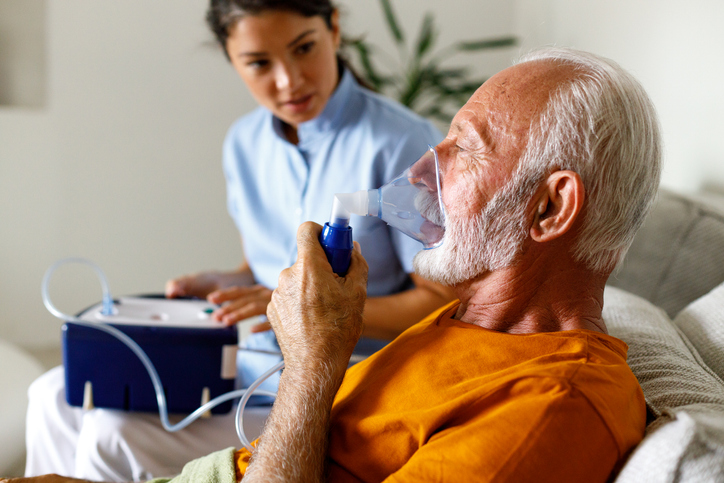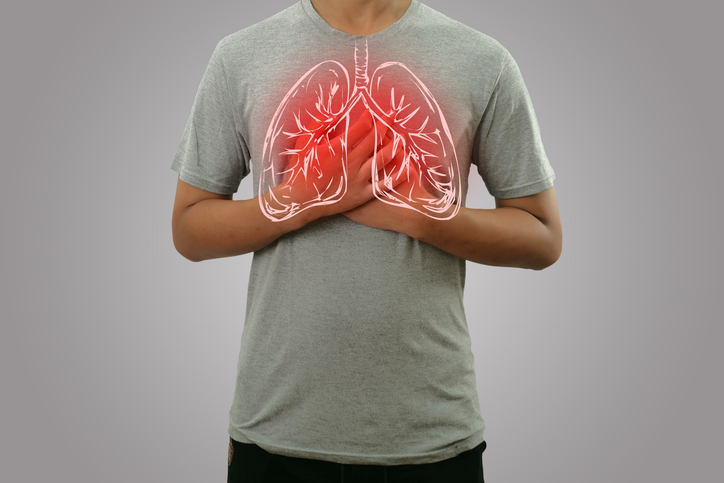
A study published in Thorax examined the fundamental characteristics of young adult patients (between 15 and 50 years of age) with chronic obstructive pulmonary disease (COPD) residing in low- and middle-income areas, as well as the potential associations between COPD and exposure to household air pollution (HAP) and ambient ozone.
The population-based study utilized multivariable logistic regression models to examine the associations between long-term ozone exposure and COPD in young individuals.
Investigators analyzed 6537 patients. The COPD prevalence rate was 7.8 (95% CI, 0.072-0.085), and a majority of younger patients with COPD were asymptomatic.
After adjusting for other confounding factors, the study found that exposure to HAP increased the odds of developing COPD significantly (odds ratio [OR], 1.82; 95% CI, 1.41-2.37). Additionally, the results showed a positive association between COPD and long-term exposure to ambient ozone. Specifically, for every 20 parts per billion increase in ozone levels, the odds of developing COPD increased (OR, 1.92; 95% CI, 1.59-2.32).
The individual effects of HAP and ambient ozone were significant, with odds ratios of 1.68 (95% CI, 1.18-2.46) and 1.55 (95% CI, 0.99-2.43), respectively. Furthermore, simultaneous exposure to high levels of HAP and ambient ozone intensified their individual effects significantly, resulting in a joint effect with an odds ratio of 3.28 (95% CI, 2.35-4.69).
“Our study findings have important public health implications,” the investigators wrote. “With a decline in lung function in early adulthood, a high prevalence of solid fuels, and heavy ozone pollution, the burden of COPD in young people is anticipated to continue to increase, especially in low-income and middle-income regions.”
The investigators concluded their study, writing “ozone exposure and HAP are major preventable risk factors for the disease, and the impact on [small airway dysfunction] in young people without COPD should also [be paid] more attention.”







 © 2025 Mashup Media, LLC, a Formedics Property. All Rights Reserved.
© 2025 Mashup Media, LLC, a Formedics Property. All Rights Reserved.